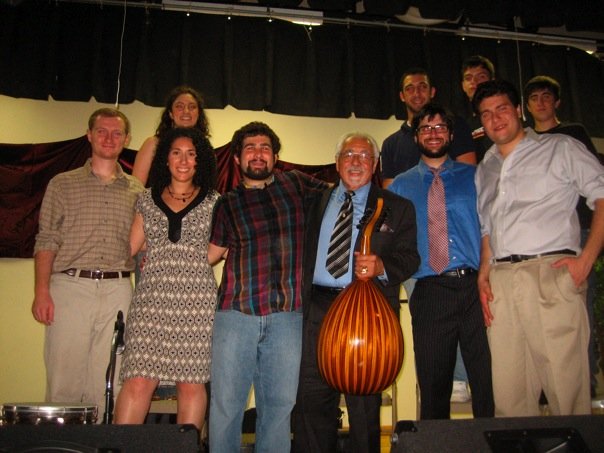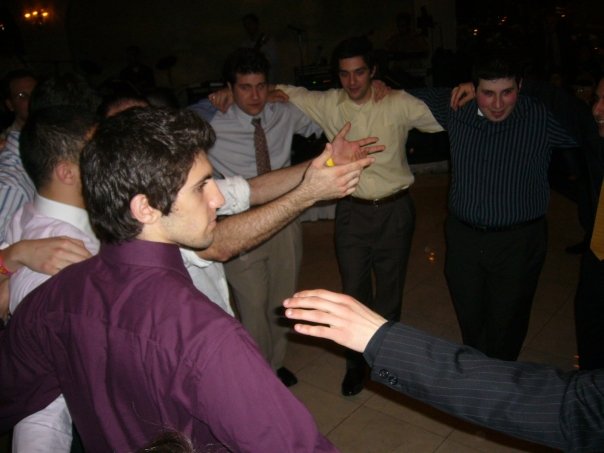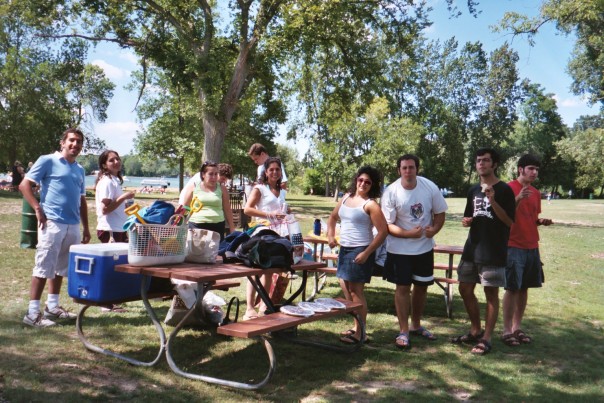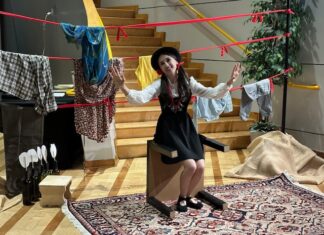“In those days, we lived from Armenian event to Armenian event,” my friend reminisced. A group of us had gathered in a small restaurant in Chicago. It was a reunion of sorts — most of us were the same age and had been close friends throughout our late teens and twenties. The time period my friend was speaking of was now 10-15 years behind us. But her comment was spot on. A few months later, her comment sparked, for me, memories and reflections on how we had grown up in the Armenian community of the Midwest.
Growing up Armenian in the Midwest didn’t seem unique or interesting to us at the time, but it seems so to me now; now that time has passed, people have moved on, and I have gotten a closer glimpse of the Armenian community around the world.
If you live on the coast and have never been here, the Midwest might not be what you think it is — at least not the areas where most Armenians live. We don’t live on farms, and I don’t know a single Armenian who made their living that way. In Fresno, yes. In the Midwest, no. Most Armenians live in the Rust Belt, surrounding the cities of Detroit, Cleveland, Chicago, Milwaukee — and “good old” Racine, Wis. There are also the two “outpost” communities around St. Louis and Minneapolis-St. Paul. None of these are rural areas, and with the exception of Racine, they aren’t even small towns. They’re cities, urban areas. Most Armenians live in the suburbs of those cities, though there is a large community of Armenian young professionals in downtown Chicago, and increasingly, downtown Detroit, which is on the upswing. While the fall might bring trips to a cider mill or apple orchard, and summer usually brings treks “Up North” to the fabled land of touristy beach towns on the Great Lakes, most of our lives are lived “in the city.” Unlike in New York, where “the city” specifically means “Manhattan,” in Metro Detroit “the city,” while sometimes referencing the City of Detroit in contrast to the suburbs, in this context means the urban/suburban complex of Southeast Michigan, as opposed to rural areas.
I didn’t grow up in the country; I grew up on the freeways of Metro Detroit, in the Greek-owned diners (which we refer to, for reasons to complicated to explain, as “coney islands”); in the heavily Jewish, Polish, and Italian suburbs, surrounding an 80-percent Black city. When we visited our friends in Chicago, it was pretty much the same. The only differences were that Chicago had a nicer downtown, was much, much bigger; and has a large Latino population with small Middle Eastern population.
And – I feel I have to shout this at the top of my lungs: THERE ARE MORE ARMENIANS IN MICHIGAN THAN IN ILLINOIS AND WISCONSIN COMBINED!
For some reason, many Armenians (I’m look at you, L.A. residents) have a hard time believing or understanding this. I don’t wish any disrespect to my wonderful friends in Chicago, whom much of this article is about, and whom I love dearly; and besides, I myself lived in Chicago for a while. But Detroit is and remains the Armenian capital of the Midwest. True, demographics are changing; 20-40 years from now we might not be able to say that anymore. But Detroit’s dominant position, which it has held for the past 100 years, is still intact. To my knowledge, the last time there were more Armenians in Chicago than in Detroit was around 1917.













